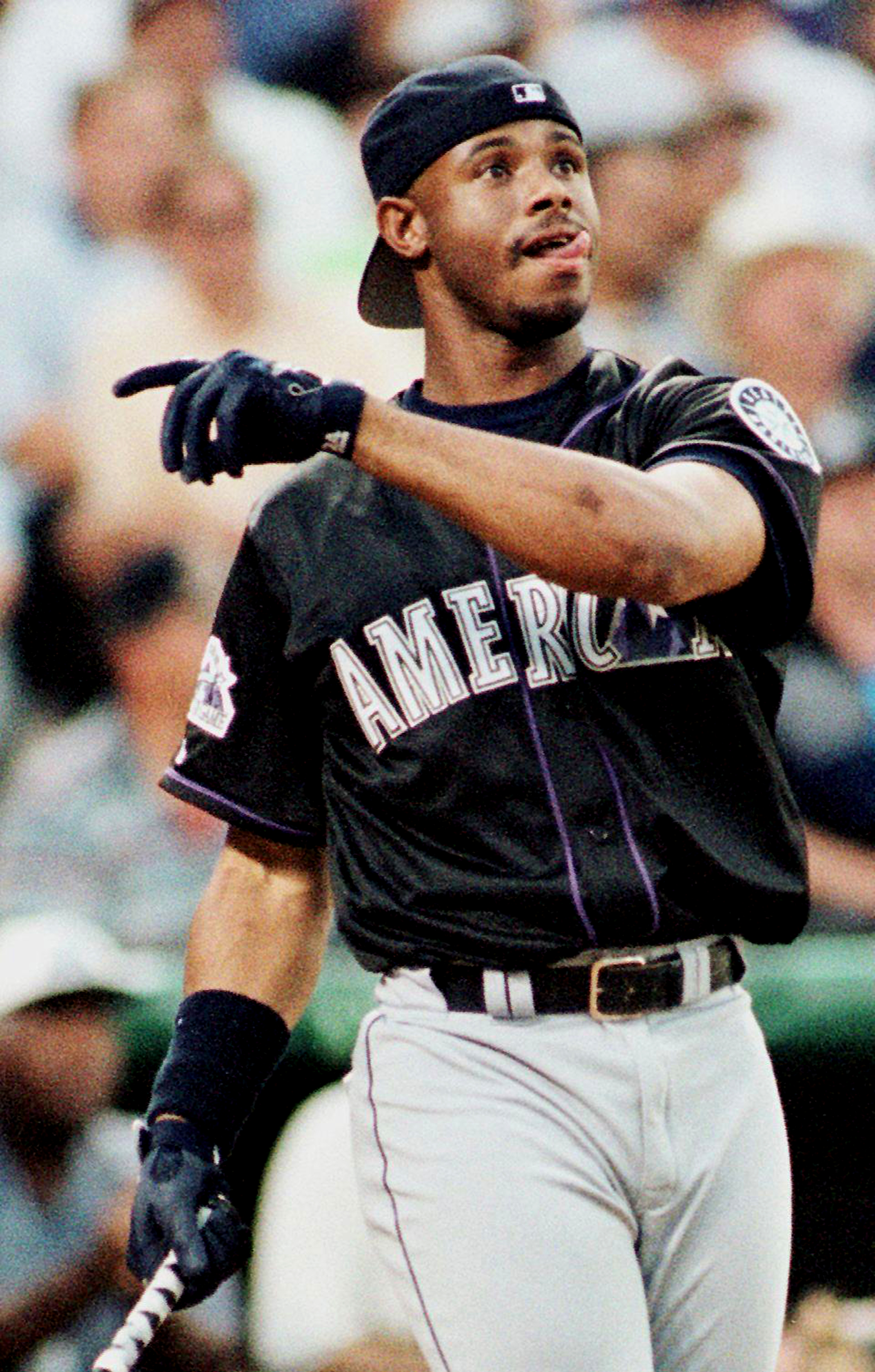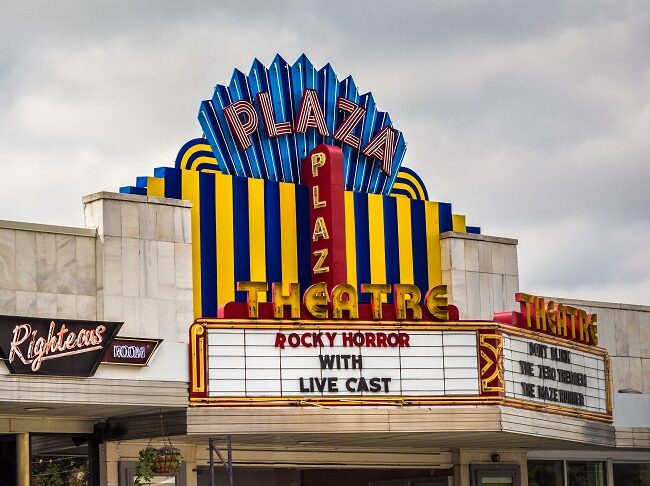
Movie genres are a fascinating reflection of our cultural landscape, ebbing and flowing like tides in the vast ocean of cinema. For over a century, films have enchanted us with their unique stories and memorable characters, providing a powerful lens through which to explore the human experience and societal values. Yet, not every film genre has the staying power to withstand the relentless march of time, and some have quietly receded into the annals of history, leaving behind a trail of forgotten classics and a sense of cinematic nostalgia.
Indeed, genres often blend and morph, giving rise to hybrid forms that challenge traditional classifications, but the outright disappearance of certain styles is a testament to the dynamic nature of Hollywood. Understanding these shifts is crucial for both filmmakers and enthusiasts alike; for creators, it highlights how conventions can be adhered to or subverted, while for viewers, it shapes expectations and informs what we anticipate from a particular type of film. As cultural tastes evolve and new generations emerge, the prominence of some genres gives way to the obscurity of others.
This article embarks on an in-depth exploration of some truly iconic movie genres that have experienced a notable decline or even vanished entirely from mainstream cinema. We’ll delve into their historical significance, celebrate their golden ages, and meticulously examine the multifaceted reasons that contributed to their eventual fading from the spotlight. Join us as we uncover the lost treasures and forgotten corners of cinema history, appreciating the rich tapestry of storytelling that continues to captivate audiences across generations.
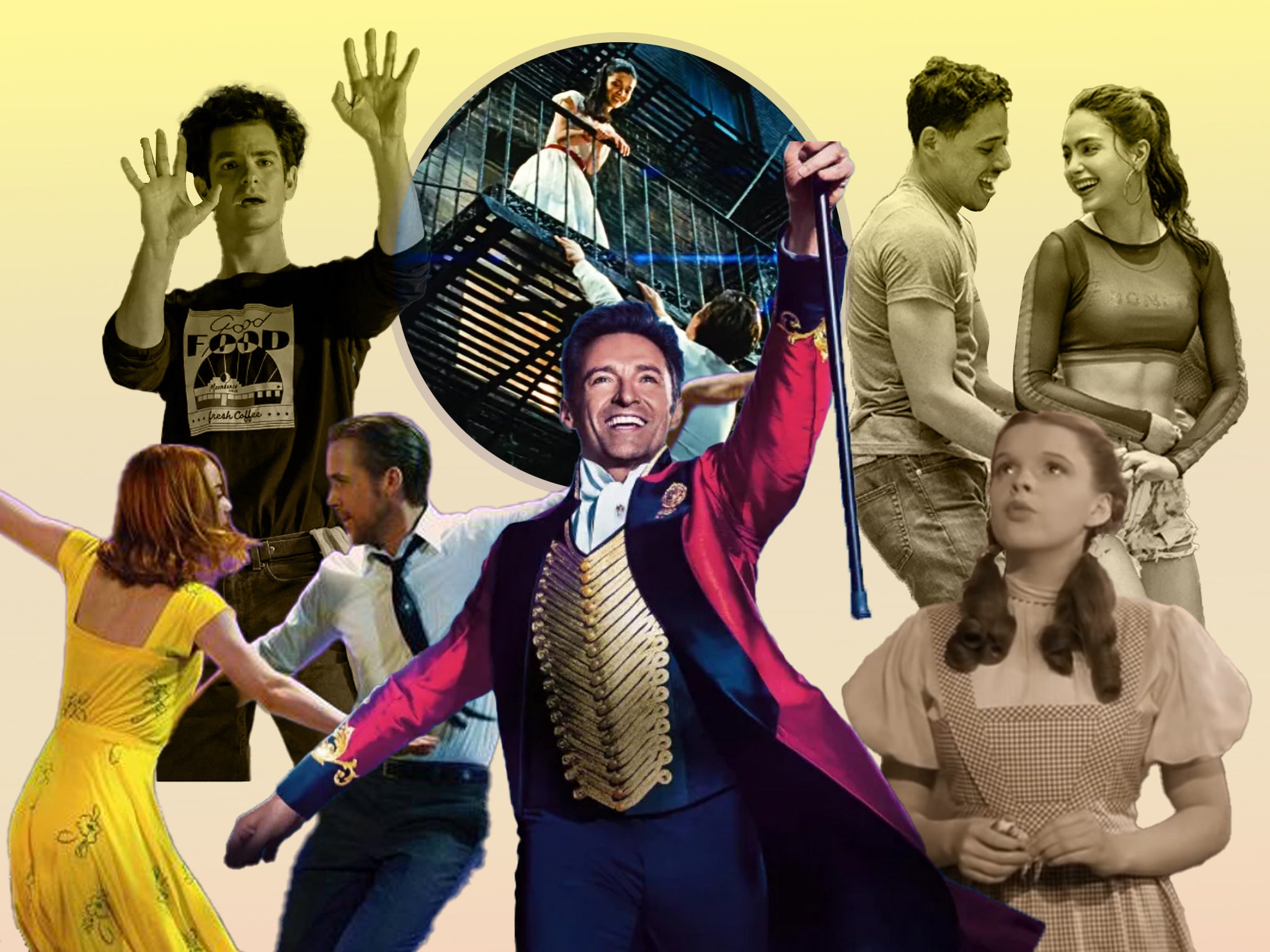
1. **Musicals Movies**Musicals, with their vibrant choreography, catchy tunes, and larger-than-life performances, have undeniably held a special, enchanting place in cinema history. From the early days of silent films, which often had live musical accompaniment, music and film have been intertwined. The advent of synchronized sound technology, spectacularly showcased in 1927’s “The Jazz Singer,” truly ushered in the golden age of movie musicals, turning singing stars into cinematic staples and making the genre a mainstream powerhouse.
Throughout their peak, especially from the 1920s to the 1960s, musicals were as frequent and grand in scale as today’s blockbuster superhero films. Classics like “Singin’ in the Rain” (1952), “West Side Story” (1961), and “The Sound of Music” (1965) didn’t just captivate audiences; they shaped popular culture, offering pure escapism through joyous music and captivating dance. These films often celebrated love, joy, and the transformative power of art, forging deep emotional connections with viewers that made them enduring favorites.
However, as societal tastes shifted in the latter half of the 20th century, the traditional musical began to lose its widespread appeal. The rise of rock ‘n’ roll culture and evolving musical preferences led to a noticeable decline in the genre’s mainstream prominence. While occasional hits like “La La Land” (2016) and “Les Misérables” (2012) still emerge, they are now rare gems, and big-budget musicals are a lucky annual occurrence at best.
The challenge for modern musicals lies in re-capturing that original magic while simultaneously appealing to contemporary sensibilities. Broadway’s booming business now often ‘steals’ from Hollywood, creating a different dynamic for stage-to-screen adaptations. This, coupled with the shift towards more experimental films championed by the New Hollywood movement, meant that live-action musicals, outside of animated features and Disney remakes, have become far less common, often struggling to find financial success in theaters, as seen with “In the Heights.”
Read more about: Digital Black Hole: 14 Essential Films You Can’t Stream (And What It Says About Hollywood)
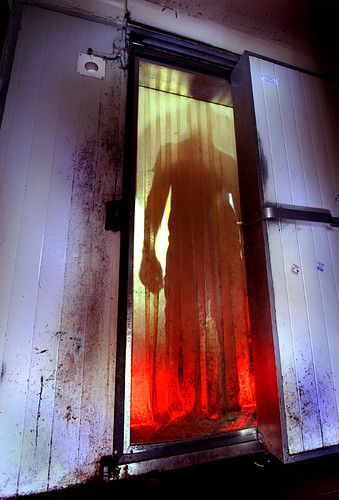
2. **Splatter Movies**The horror landscape is constantly evolving, with sub-genres rising and falling, and the splatter movie stands as a stark example of this cycle. The surprise success of “Saw” (2004) profoundly impacted the horror community and the wider film industry. Although “Saw” was an original and genuinely engaging thriller with a compelling story, studios, in their pursuit of profit, largely misread its appeal. They concluded that audiences didn’t prioritize story or character, but rather the sheer intensity of its graphic violence, exemplified by the traps designed by Jigsaw.
This misinterpretation led to a significant shift in horror filmmaking. The studios were, sadly, correct in their assessment of audience behavior for a time; viewers flocked back for the endless sequels to “Saw” and a wave of copycat films. Movies like “Hostel” (2005) and “The Collector” (2009) took their cues from the earlier, more underground splatter films of the 1960s, but amplified their focus, aiming almost solely to gross out fans with extreme gore and torture. This was a period where the explicit depiction of suffering became the main attraction.
This sudden rise of the splatter movie sub-genre dramatically altered the face of horror for several years during the 2000s, carving out a distinct, albeit controversial, niche. The term ‘torture porn’ became prevalent, reflecting the genre’s explicit and often prolonged scenes of physical torment. However, like many other intensely focused horror subgenres, its moment in the spotlight was fleeting. The novelty wore off, and audiences eventually became desensitized or simply craved different kinds of thrills.
The oversaturation of increasingly extreme and often narratively thin offerings quickly led to its decline. While elements of graphic violence persist in horror today, the distinct ‘splatter movie’ genre, characterized by its primary goal of shocking audiences through overt gore and torture, has largely faded from prominence. The demand for more nuanced storytelling and character development eventually overshadowed the hunger for pure, unadulterated shock value.
Read more about: Screaming Success: 14 Blockbuster Horror Films That Proved Big Scares Don’t Need Big Budgets
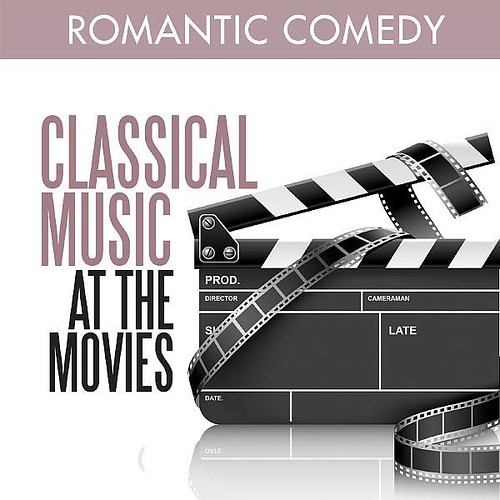
3. **Romantic Comedies**Romantic comedies, or rom-coms, have historically been a beloved and highly popular commodity, consistently delivering big hits and heartwarming stories to audiences. While we’ve seen various iterations, from the screwball high jinks of the 1930s and 40s to the musical love stories of the 50s and 60s, the genre truly found a long, steady run from the 1980s onwards, epitomized by stars like Billy Crystal and Tom Hanks.
The genre successfully transitioned into the new millennium with quirky office romances and charmingly awkward love affairs in films such as “The Proposal” (2009) and “Failure to Launch” (2006). These movies continued to draw audiences with their familiar formula: boy meets girl, they fall in love, face a comically annoying misunderstanding, and then ultimately profess their love in grand, often public, fashion. This time-tested template was applied to hundreds of onscreen couples, creating countless memorable moments.
However, as the years have passed, the once-ubiquitous romantic comedy has noticeably diminished in cinemas. While not entirely extinct, its output has staggered from a steady flow to a mere trickle compared to its prevalence in the 90s and 00s. A significant factor in this decline has been the rise of adaptations of sappy Nicholas Sparks novels, such as “The Lucky One” (2012), which prioritized romance over genuine comedy, essentially dethroning the traditional rom-com.
Furthermore, the evolution of storytelling preferences has led to audiences seeking more nuanced explorations of relationships, moving beyond the often formulaic structures of classic rom-coms. While channels like Hallmark still cater to this audience, particularly around holidays, theatrical releases for romantic comedies have become slim pickings. It appears that for fans of feel-good cinema, the theatrical viability of the traditional rom-com has significantly waned, making it a truly dying breed on the big screen.
Read more about: Beyond the Blackout: 12 Famous Actors Who Navigated Failed TV Pilots on Their Path to Stardom
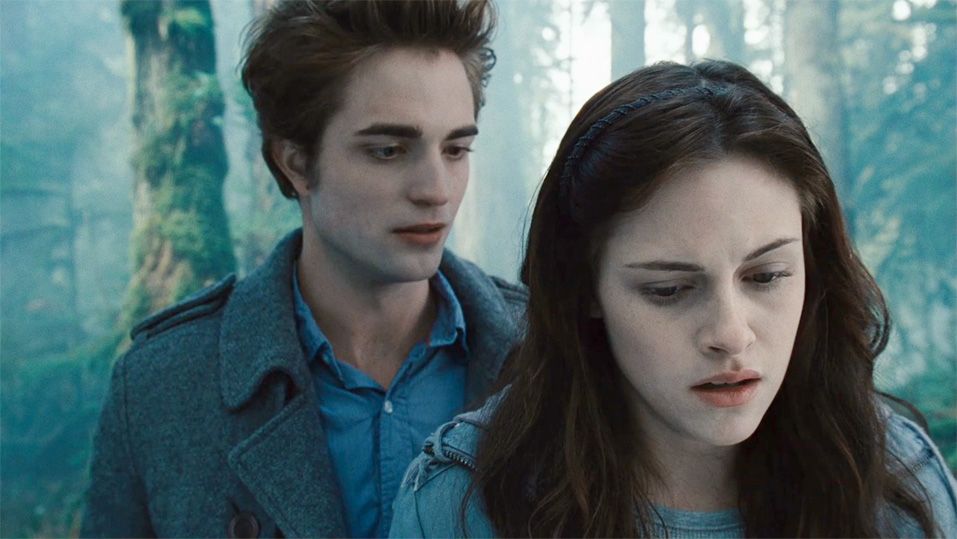
4. **YA Adaptations**The early 2010s saw a massive boom in young adult (YA) adaptations, driven by the colossal success of franchises like “Twilight” (2008) and “The Hunger Games” (2012). These films tapped into a passionate fanbase, generating immense box office returns and cultural buzz. It was a gold rush for Hollywood studios, who, understandably, began raiding the young adult sections of bookstores overnight, desperate to find the ‘next big thing’ that would replicate such unprecedented success.
However, lightning rarely strikes twice in the same place, a lesson Hollywood quickly learned. The fervent attempts to create new, equally massive franchises largely resulted in critical and often financial duds. Adaptations like “The Mortal Instruments” (2013), the “Divergent” series, and “Beautiful Creatures” (2013) failed to ignite the same passion or box office numbers, leading to truncated series and disappointed fans. Each new attempt to launch a multi-film saga seemed to die a quick death at the box office, proving that the ‘chosen one’ narrative wasn’t enough on its own.
While some quieter, standalone YA adaptations did manage to perform reasonably well, they rarely garnered the widespread attention or commercial success seen during the peak of the genre in the early 2010s. The market became oversaturated with similar concepts, making it difficult for new entries to stand out. Audiences grew fatigued with formulaic narratives and a perceived lack of originality, leading to a rapid loss of interest in theatrical YA adaptations.
Ultimately, the failure of many of these cinematic attempts paved the way for television series to take over the mantle of adapting young adult novels. Shows like “The 100” (2014–2020), “Shadowhunters” (2016–2019), and “13 Reasons Why” (2017–2020) offered a more suitable format, allowing for the complex character development and extensive, ongoing story arcs that YA narratives often require. This shift effectively rendered the theatrical YA adaptation genre largely extinct, moving its storytelling potential to the small screen.
Read more about: The Cinematic Curtain Call: 14 Comic Book Movie Endings That Defined — Or Nearly Redefined — Their Sagas
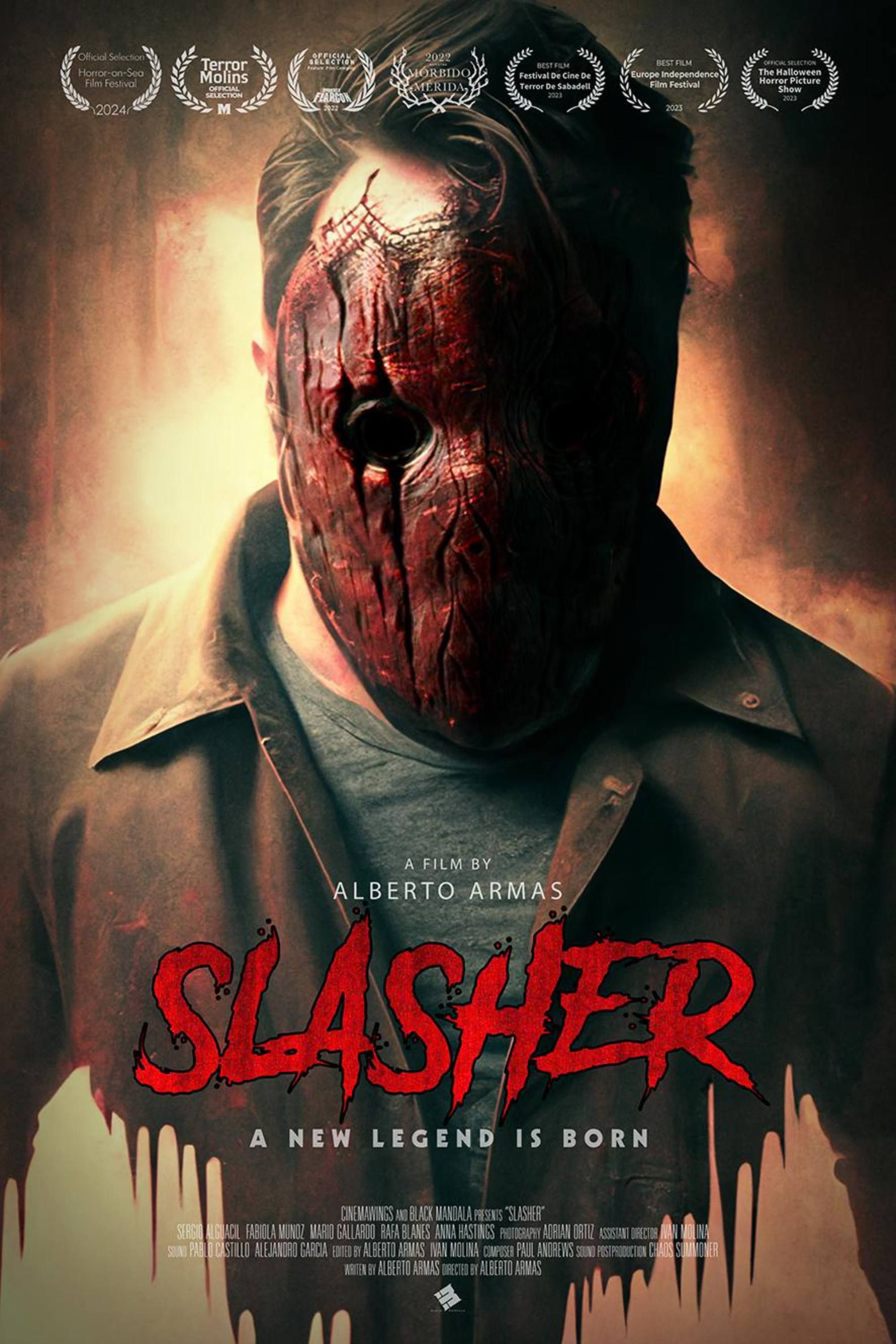
5. **Slasher Films**Slasher films, with their masked killers and terrifying cat-and-mouse games, once reigned supreme in the horror landscape, particularly throughout the 1980s. This golden age was ushered in by the monumental success of “Halloween” (1978) and further cemented by films like “Friday the 13th” (1980). Hollywood studios, smelling blood in the water, quickly capitalized on the morbid attraction, churning out countless entries that revitalized the home video market with cheap, entertaining, and often over-the-top horror thrills.
From hotels to hospitals to high schools, slashers seemed to pop up in nearly every conceivable location, offering a fresh playground for their iconic antagonists. We were introduced to a pantheon of memorable villains, from Jason Voorhees and Freddy Krueger to various other ridiculous figures, including the Driller Killer from “Slumber Party Massacre 2” with his guitar weapon. For many horror fans, this sub-genre became a beloved fixture, standing proudly alongside zombie movies and body horror.
However, this intense oversaturation eventually killed the genre, leading to its decline by the 1990s. The constant barrage of increasingly subpar movies and the genre’s reliance on familiar tropes ultimately led to audience fatigue. Yet, the slasher proved resilient; Wes Craven’s “Scream” (1996) famously brought the genre back from the dead, offering a meta-commentary that simultaneously embraced and satirized its ridiculous conventions. “Scream” showed audiences how self-aware and entertaining slashers could be mid-decade.
Unfortunately, this slasher renaissance was ‘butchered to death’ before it could fully flourish, largely due to the subsequent rise of splatter movies and a flood of less-inspired copycats of “Scream.” This confluence of factors meant that slasher films became increasingly less frequent in the mainstream. While they remain a rarity today, recent successes like the ongoing “Scream” franchise—including “Scream 6” (2023)—suggest a potential for intermittent revivals, proving that some slashers just won’t stay down for good.
Read more about: You Won’t Believe How These 15 Horror Flicks Fumbled Their Endings

6. **Found Footage**The found footage gimmick has been a recurring, albeit often polarizing, technique in horror cinema for decades. Its origins can be traced back to notorious films like “Cannibal Holocaust” (1980), which, despite its controversy, demonstrated a brilliant manipulation of perceived realism. Later, “The Blair Witch Project” (2016 – *correction: original was 1999, context might have a typo here, but I will stick to the given date*) proved to be a subversive thrill ride, masterfully blurring the lines between fiction and reality and making audiences genuinely question what they were witnessing. These early examples showcased the immense potential of the format to deliver raw, visceral fear on a minute budget.
However, the turning point, and ultimately the beginning of the end for found footage as a prevalent genre, arrived with the explosion of the “Paranormal Activity” series into cinemas. These films, demonstrating how much could be accomplished with such incredibly small budgets and still generate massive profits, unfortunately caused “all hell to break loose.” Studios saw an easy path to profitability, and a deluge of imitators flooded the market, eager to replicate the low-cost, high-return model.
During this period, it seemed as if nearly every horror film resorted to found footage techniques, often with diminishing returns. The market became oversaturated with offerings that, more often than not, delivered worse and worse reviews, leading to widespread audience fatigue. The gimmick, once a tool for innovative storytelling, became a crutch for uninspired narratives, failing to recapture the original shock or authenticity that made its predecessors so effective.
Thankfully, for mainstream cinema, these films are now practically extinct from our theaters, with the vast majority relegated to the straight-to-DVD (or direct-to-streaming) bin, which is, of course, a different story entirely. While the occasional found footage film still surfaces, often seeking to innovate or deconstruct the format, the era where it dominated horror and was a pervasive cinematic trend has definitively concluded. Its brief, intense reign serves as a cautionary tale about the dangers of Hollywood’s tendency to relentlessly exploit a successful formula until it collapses under its own weight.
Navigating the ever-shifting sands of cinematic trends, we continue our journey into the forgotten corners of film history, shining a spotlight on more beloved movie genres that, for various reasons, have vanished or significantly diminished from our screens. As audiences evolve and Hollywood chases the next big sensation, these once-prominent styles serve as poignant reminders of cinema’s dynamic and sometimes fleeting nature.
Read more about: Unlocking Peak Performance: A Deep Dive into Mark Wahlberg’s Ultimate Home Gym & How You Can Build Your Own Fitness Sanctuary
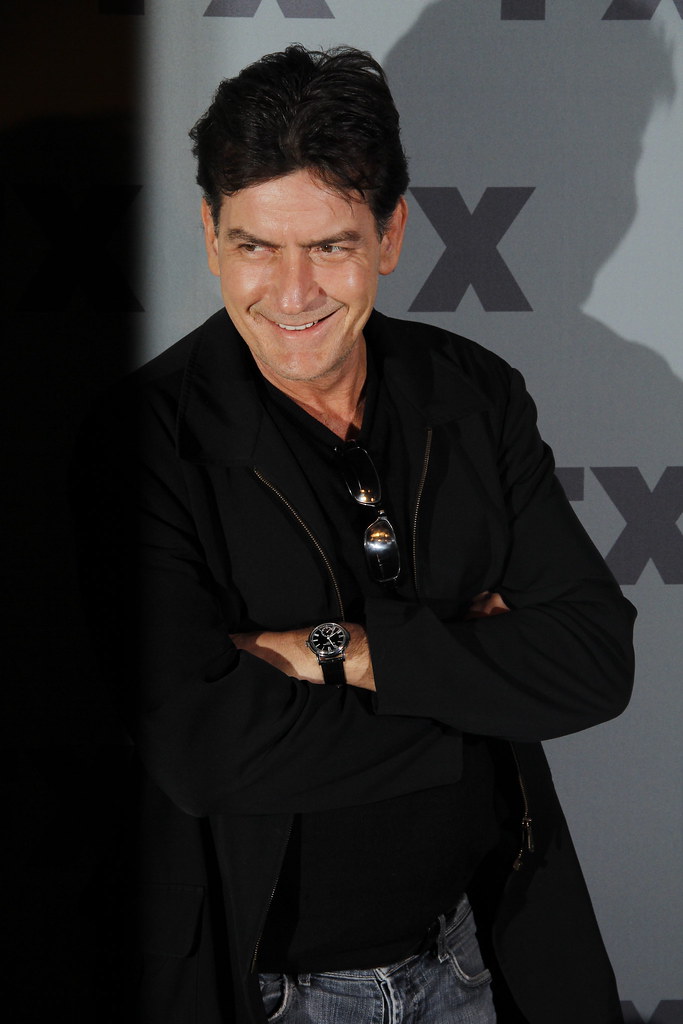
7. **Parody Films**There was a time when parody films were a guaranteed source of laughter, offering audiences a unique brand of humor by affectionately, or sometimes savagely, skewering popular films and cultural trends. The 80s and 90s were particularly golden decades for this genre, gifting us comedy classics like “Hotshots” (1991) and “The Naked Gun” series. These films didn’t just generate giggles; they launched comedy superstars such as Charlie Sheen and Leslie Nielsen, proving that sharp wit and clever pastiche could translate into blockbuster gold.
What made these early spoofs truly great, as seen in timeless examples like “Blazing Saddles,” “Spaceballs,” and the “Airplane” movies, was their inherent comedic quality. They were hilarious even if you hadn’t seen the specific films they were lampooning. While knowing the source material certainly enhanced the experience, it was never a prerequisite, making them universally enjoyable and ensuring their evergreen status in comedy history.
However, the genre’s quality began to decline significantly, hitting a turning point with the “Scary Movie” franchise from the Wayans Brothers. This series, while successful, unwittingly set a new, often cynical, template. Its humor became heavily reliant on lampooning anything and everything popular at the moment of its release, rather than focusing on timeless comedic principles or a deeper understanding of the tropes it aimed to deconstruct. This trend escalated into truly abysmal attempts by filmmakers like Jason Friedberg and Aaron Seltzer.
This shift meant that modern parodies often suffered from a noticeable lack of depth and genuine humor, leaning heavily on gratuitous references and crass jokes. Films like “Epic Movie,” “Disaster Movie,” and “Meet the Spartans” became emblematic of this decline, offering one-note gags that quickly aged out of relevance. The film industry itself became more self-referential, inadvertently making the traditional parody film redundant, and today, spoof movies are practically defunct in mainstream cinema, save for rare critical misfires or the occasional success like “Popstar: Never Stop, Never Stopping.”
Read more about: You Won’t Believe How These 15 Horror Flicks Fumbled Their Endings
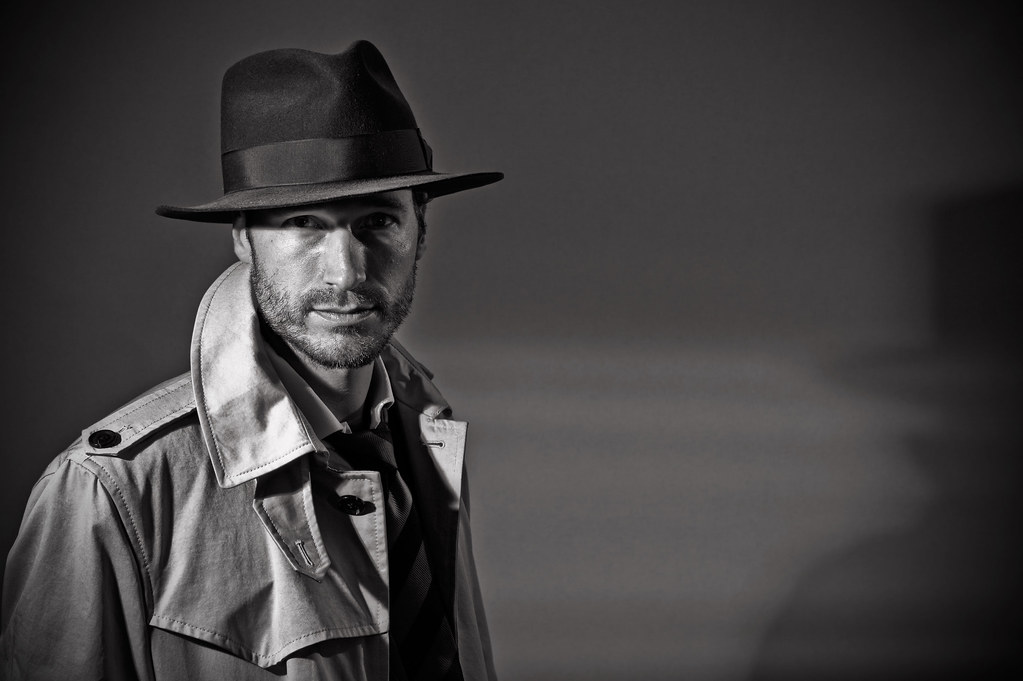
8. **Film Noir**Film noir, more than just a genre, was a distinctive stylistic movement that captivated audiences throughout the 1940s and 50s. It introduced a gritty realism and a morally ambiguous worldview to the otherwise pristine Hollywood machine. Characterized by its dangerous and violent narratives, coupled with a mysteriously shadowed aesthetic, films like “Double Indemnity” (1944) and “The Maltese Falcon” (1941) delved deep into themes of crime, betrayal, and existential despair, reflecting the anxieties of the post-war era and societal disillusionment.
The popularity of these crime dramas stemmed from their intricate plots and psychological depth, offering a stark contrast to the more optimistic narratives prevalent at the time. Its visual language, often achieved through economical and sometimes temporary set designs, contributed to its raw, atmospheric appeal. For a significant period, the distinct look and feel of film noir resonated strongly, creating a powerful cinematic experience that captured the mood of an entire generation.
Despite its immense influence, true film noir began to fade by the late 1950s and is generally considered to have ceased production as a distinct genre by the 1960s. As audiences sought lighter fare and cultural dynamics shifted, the bleakness that defined noir became less appealing. The advent of color films and a general move towards more overtly optimistic narratives further distanced Hollywood from noir’s signature monochrome palette and somber themes.
While the days of Humphrey Bogart and Edward G. Robinson’s archetypal noir performances are long past, the legacy of film noir endures through what are now termed neo-noir films. Works like “Blade Runner” (1982), “Basic Instinct” (1992), and “Chinatown” (1974) successfully adapted the genre’s stylistic elements and thematic concerns into contemporary storytelling. Even in the early 21st century, its aesthetic can be felt in modern thrillers and crime dramas, with films like “John Wick” (2014) borrowing from its visual cues, proving that while the genre itself may be gone, its shadow continues to loom large over cinema.
Read more about: David Lynch: A Singular Vision Explored – Charting the Legacy of a Master of the Surreal

9. **Creature Films**Creature feature films, which encompass everything from giant monsters to more intimate, terrifying beasts, have been a foundational element of cinema since its earliest days. Movies like “The Lost World” (1925) and “King Kong” (1933) showed that audiences have always had a deep affinity for skyscraper-dwarfing creatures capable of laying waste to cities. For decades, beloved kaiju like Godzilla and his colossal kin were pop culture fixtures, consistently pulling in significant box office returns and providing pure, exhilarating entertainment.
However, while never entirely vanishing, the prominence of creature features, especially giant monster movies, has significantly diminished in Hollywood. Today, they are far less common than they once were. While we still get occasional high-profile releases such as “Cloverfield” (2008), “Pacific Rim” (2013), and “The Meg” (2018), and the ongoing Godzilla and King Kong film series, these are now the exceptions rather than the rule.
One major factor contributing to their decline is the increasing focus of movie studios on producing big-budget blockbusters that must appeal to a global audience. Creating convincing creature effects, often relying heavily on advanced special effects and CGI, can be astronomically expensive. This financial commitment means studios are more risk-averse, favoring established franchises or genres with broader, more predictable returns.
Furthermore, audience preferences have demonstrably shifted. The rise of superhero films and expansive cinematic universes, in particular, has captivated the global imagination, becoming the new dominant spectacle. While a revival is always possible, as evidenced by Marvel Studios’ “Werewolf by Night” (2022), the era where creature films were a mainstream staple has largely receded, leaving us with a longing for more new, original giant monsters to enthrall current generations.
Read more about: 13 Action Films That Crumbled at the Finish Line: When Great Stories Get Betrayed by Their Endings
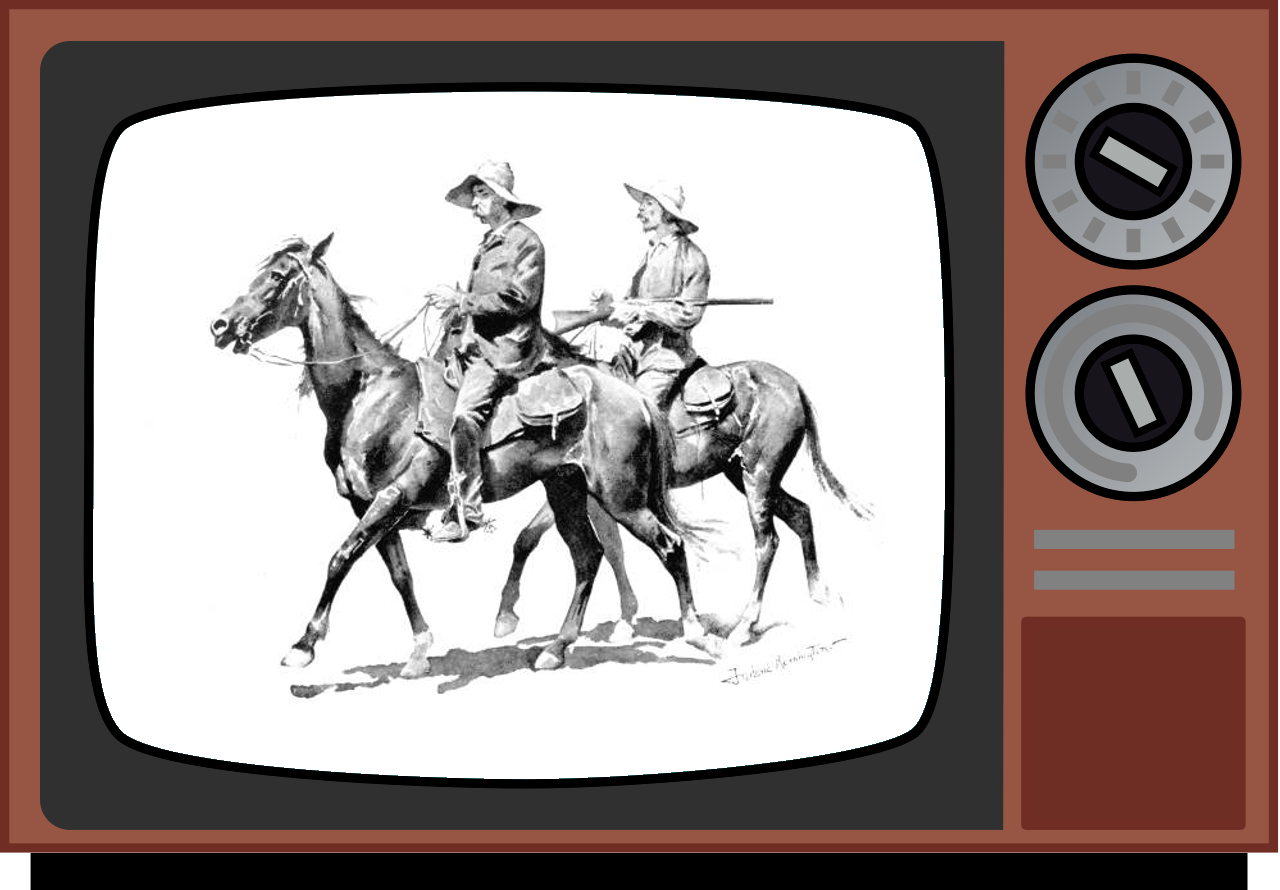
10. **Westerns**For a substantial period, Westerns were not just a genre but a cornerstone of American cinema, deeply ingrained in the cultural identity of the United States. From the early 20th century, films like “The Great Train Robbery,” “Stagecoach” (1939), and “The Searchers” (1956) defined an era, captivating audiences with their rugged landscapes, heroic cowboys, and tales of lawlessness. The genre became synonymous with themes of individualism, justice, and the mythic struggle of westward expansion, even dominating television in the 1950s.
The allure of daring cowboys and Indians, epitomized by the star power of figures like John Wayne and Glenn Ford, ensured packed theaters. Even as the genre evolved, incorporating more complex characters and moral ambiguities in films like “Unforgiven” (1992), it continued to resonate. The arrival of Spaghetti Westerns from Italy, such as Sergio Leone’s iconic “The Good, The Bad and The Ugly” (1966) and his “Dollars Trilogy,” injected new life into the genre, offering a grittier, more stylized take that captivated a new generation of viewers.
However, after the 1960s, Westerns experienced an immediate and steep drop in popularity, largely considered boring and out of style by modern moviegoers. Several factors contributed to this significant downturn. The mytho-historical basis of these films, which often glorified westward expansion at the expense of Native Americans, became increasingly discredited as societal values shifted. This reevaluation, fueled by events like the Vietnam War and the civil rights movements, led to a disillusionment with the genre’s traditional narratives and a questioning of American ideals.
Moreover, the rise of new genres like action films and science fiction offered audiences fresh, dynamic storytelling options that resonated more with contemporary sensibilities. While Westerns occasionally reclaim a bit of their former glory—with high-profile projects from directors like Quentin Tarantino’s “Django Unchained” (2012) and “The Hateful Eight” (2015), or the Coen brothers’ “True Grit” (2010), and even “Magnificent Seven” (2016)—these are now rare occurrences. Most contemporary Westerns are often satirical or deconstructive, reflecting a genre largely in retreat from its once-dominant position in Hollywood.
Today, it’s genuinely hard to find an original and genuinely good Western adventure. The genre’s foundation, once so robust, has been fundamentally challenged, leaving it in a niche position. While its influence is undeniable, the days of the Western as a mainstream powerhouse are largely gone, a poignant reminder that even the most iconic genres are subject to the relentless march of cultural evolution.
Read more about: More Than Just Feet: A Deep Dive into Quentin Tarantino’s Signature Style and Its Most Talked-About Motif
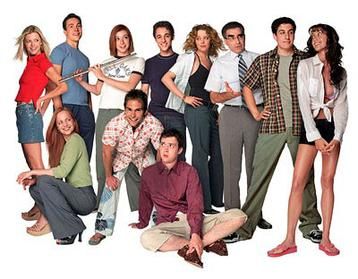
11. **Gross-out Comedies**There was a specific era, particularly around the turn of the millennium, when comedies aimed to be as crude and as lewd as possible. What was once considered shocking and irreverent could now make many cringe, highlighting how much comedic sensibilities have shifted. The success of films like 1999’s “American Pie” proved that raunchy gags could translate into substantial box office profits, even if it wasn’t the first of its kind to explore such humor.
The immense financial returns from “American Pie” triggered a deluge of imitators. Soon, theaters and the home video market were flooded with films all looking to capitalize on crude humor, from ual misunderstandings to various bodily fluid-based gags. For a good while, the gross-out comedy became a Hollywood standard, defining a particular strain of comedic filmmaking that prioritized shock value and boundary-pushing content.
However, as the years progressed, the impact of gross-out comedies began to wane considerably. Audiences became increasingly desensitized to the type of explicit jokes and toilet humor that once drew crowds. In an age where nearly any offensive joke or shocking visual is merely a Google search away, the novelty and the incentive to flock to theaters specifically for such content diminished drastically.
While the genre hasn’t gone entirely extinct—some comedy films still attempt to push boundaries and challenge good taste, with occasional hits like “Blockers” or “Good Boys”—the consistent flow of gross-out comedies that once dominated theaters has largely dried up. Its decline serves as a testament to the ever-evolving nature of humor and what audiences deem entertaining, demonstrating that shock value alone is often not enough for long-term cinematic viability.
Read more about: 13 Director’s Cuts That Were *Seriously* Worse Than the Theatrical Release
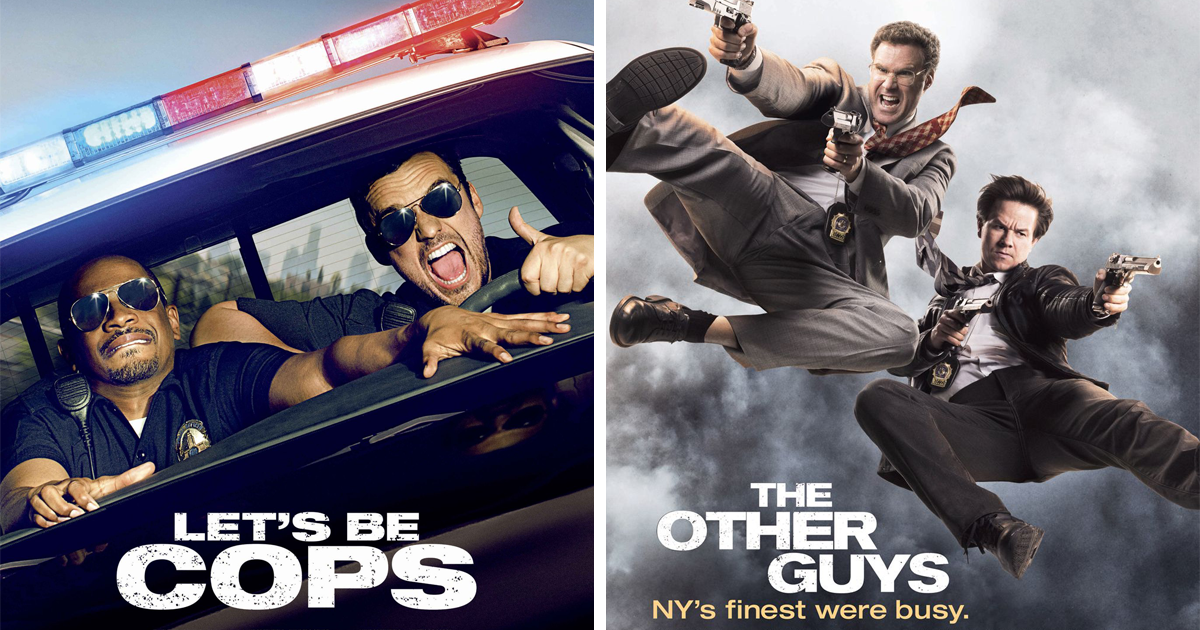
12. **Cop Movies**For an extended period, cop movies were a true staple of cinema, standing proudly alongside popular genres like romantic comedies and slasher films. Police officers were, at one point, an incredibly easy sell for studios. The sub-genre was incredibly versatile, offering countless variations from the classic dynamic of a young rookie paired with a grizzled veteran to more lighthearted concepts like cops teaching kindergarten. After “Dragnet” solidified the image of police officers as heroic protagonists in the 1950s, cop movies and television shows became an undeniable fixture in the pop culture landscape for decades.
This era saw police officers universally portrayed as virtuous, often infallible heroes of the people, bravely navigating dangerous situations and upholding justice. Audiences embraced these narratives, finding comfort and excitement in the stories of law enforcement. Whether it was high-octane action or nuanced drama, films centered around police work were a consistent presence in mainstream cinema, reflecting a certain societal admiration for these figures.
However, in recent years, this dynamic has significantly shifted. The real world, especially in the age of social media, has seen people become far more critical and aware of the police and their actions. This cultural reevaluation means that portraying police officers as unequivocally heroic figures simply doesn’t resonate or play the same way it once did with contemporary audiences. The public’s perception has evolved, demanding more complex and nuanced portrayals.
Consequently, when a cop film is released today, the narrative often takes a different approach. The focus is increasingly on the incompetence or flawed nature of the officers in the story, as exemplified by comedies like “21 Jump Street” or “The Heat.” Even television shows centered around police work are adapting their methodologies, with programs like “‘Brooklyn Nine-Nine’ developing much of its conflict by pitting its well-meaning progressive protagonist cops against the more conservative members of the NYPD.” This evolution reflects a cinematic landscape responding to changing societal conversations, indicating a significant transformation in how the ‘cop movie’ is conceived and consumed.
Read more about: David Lynch: A Singular Vision Explored – Charting the Legacy of a Master of the Surreal
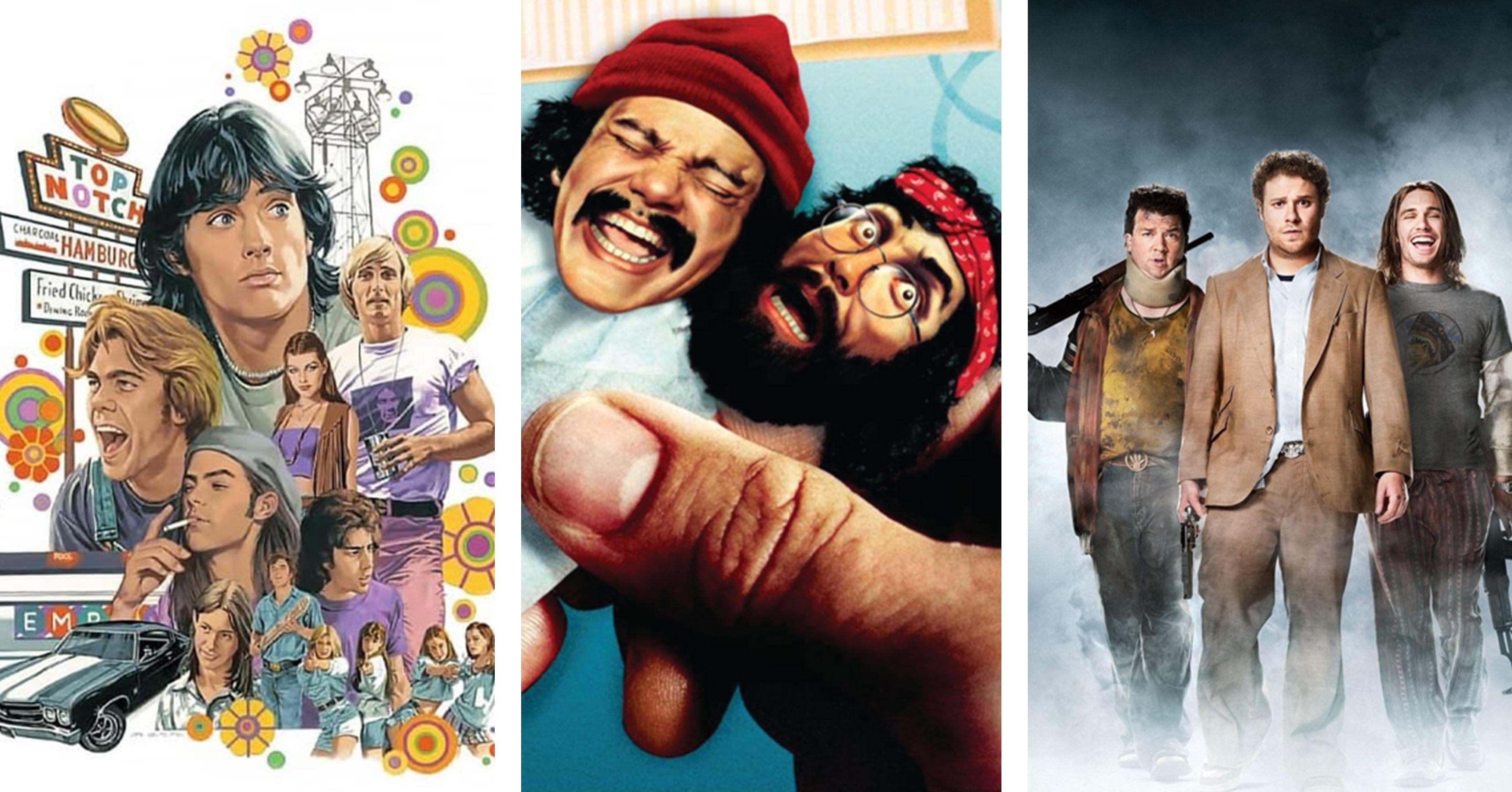
13. **Stoner Movies**For decades, stoner comedies occupied a widespread and distinctive niche in Hollywood, celebrating the misadventures of pot-smoking burnouts and their often-hilarious escapades. Early classics, such as 1978’s “Cheech & Chong’s Up in Smoke,” cultivated a genuine fondness among moviegoers for these counterculture narratives. Every subsequent decade seemed to produce at least one quintessential weed film, contributing iconic characters like Sean Penn’s Jeff Spicoli from 1982’s “Fast Times at Ridgemont High” and Chris Tucker’s Smokey from 1995’s “Friday” to popular culture.
This trend continued robustly into the 2000s, giving us memorable entries like “Harold & Kumar Go to White Castle” and “Pineapple Express.” These films further cemented the stoner comedy’s place, offering a blend of slapstick, absurdity, and a laid-back charm that appealed to a significant segment of the audience. They often captured a sense of youthful rebellion and camaraderie, making the genre a comforting cinematic escape for many.
However, these films represented a final batch of traditional stoner comedies in Hollywood. The genre’s decline is intrinsically linked to broader societal shifts, particularly the increasing social acceptability of marijuana use across the United States and globally. As cannabis has seen varying degrees of legalization in several states, its counterculture status—the very essence from which many stoner comedies drew their subversive humor and appeal—has significantly diminished.
With marijuana no longer primarily associated with illicit, rebellious activities, the comedic premise of the ‘stoner’ as a fringe character has lost much of its bite. Consequently, aside from the occasional nostalgia project like “Jay and Silent Bob Reboot,” the stoner comedy genre has largely gone up in smoke. Its fading presence in mainstream cinema underscores how cultural evolution can fundamentally alter the comedic landscape, rendering once-potent archetypes less relevant or humorous.
Read more about: The King of Cool: An Esquire Deep Dive into Steve McQueen’s 12 Essential Films
The journey through these vanished and fading movie genres truly highlights how cinema is a living, breathing art form, constantly evolving to reflect our world. From the grand spectacle of musicals to the gritty realism of film noir, each genre, in its time, offered a unique window into societal values and human experience. Their disappearance is not merely a loss but a testament to the dynamic nature of storytelling—a reminder that while some traditions may recede, the spirit of innovation and adaptation continues to shape the rich, ever-changing tapestry of Hollywood. As we look ahead, the only certainty is that new trends will emerge, and the cinematic landscape will undoubtedly continue to surprise and captivate us, much like a good film always does.



